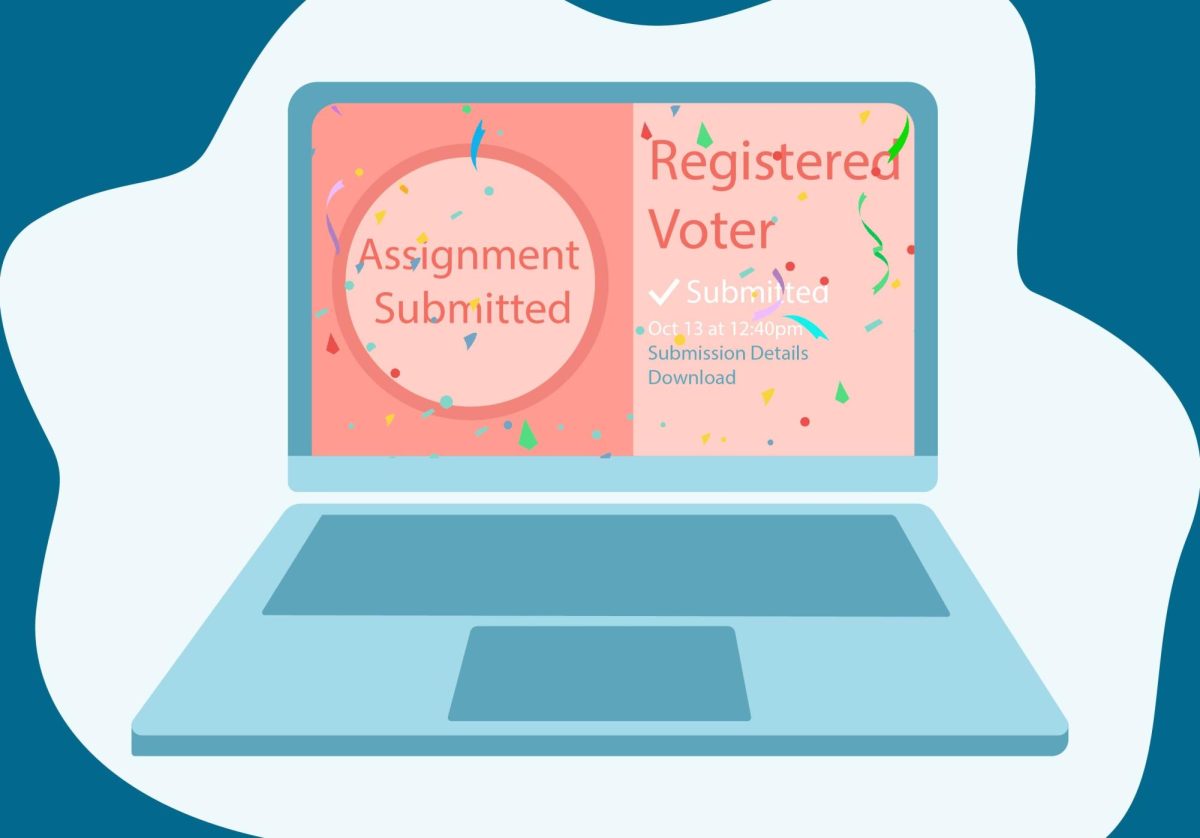In France, around the years 1890-1910, a group of artists produced a series of cartoons called “En l’an 2000” depicting French life as imagined in the year 2000. The artists went beyond the typical futuristic ideas regarding transportation, like flying cars or jet packs. These things do show up, and there’s an additional emphasis on human habitation undersea. This was just after the publication of Jules Verne’s “Twenty Thousand Leagues Under the Sea”, after whose heyday, I think, we largely moved on from seahorse races.
I vividly remembered a particular En l’an 2000 cartoon this weekend while reading a story about automated educational software. In the cartoon, a teacher pours books into a basin and an assistant grinds them with a crank. Wires travel from the bottom of the machine to headsets worn by rows of students. They listen and twiddle their thumbs.
In an unsurprising turn of events, Mark Zuckerberg and Priscilla Chan — husband and wife, tech executive and pediatrician — are hopping on electronic education real estate. They funded a program called “Summit Learning,” which is “a personalized approach to teaching and learning,” according to its website. “It is a way for students to unlock the power within themselves to live fulfilled and successful lives.” Big plans.
Summit supplies an online learning platform where students learn everything — history, English, math, science and world languages — online. The argument is that, without the need for teachers to teach, they now have time to “mentor students,” according to a Facebook post from Zuckerberg. Summit also intends for students to have group projects and dialogue between other students, and stipulates that students should have weekly 10-minute meetings with the teacher. It sounds like regular school, but made artificially worse.
After getting its start in 2015, Summit is used in around 380 schools across the country. In some Kansas schools, buckling under the effects of Summit, students say that the 10-minute meeting either lasted around two minutes or didn’t happen at all, according to reporting from the New York Times. This is probably the antithesis of teaching.
Links in Summit have brought students to sexual content in the Daily Mail or evangelicalism on a Christian conversion site. Long hours at the computer have caused physical pain in children. One student in the Times article said she “missed talking to teachers and students in class.” Summit is grinding up books and feeding them to children, who must learn it passively.
Kids are not taking well to Summit. There have been walkouts, protests and ultimately terminations of Summit across the country. The Kansas district is experiencing a showdown between a pro-Summit administration and the true bearers of the brunt: children and their parents.
As a recent product of grammar school and high school, I can confirm that education is vulnerable to fads. I can also confirm that teachers work incredibly hard; the sheer volume of their obligations puts them under a high amount of stress for a low amount of compensation.
More technology being poured into schools is done in an overused, wrong direction. Happiness involves relationships with other people. This is diminished when you put your eighth-grader behind a computer for an entire school day. And most importantly, that’s what the eighth-grader is trying to tell you.
In a final cathartic wrinkle: Summit is a product of Silicon Valley, where tech engineers and programmers know firsthand the detrimental effects that too much technology exposure can have on kids. They send their kids to tech-free schools and have nannies sign no-phone contracts. Yet, grants are being awarded for Summit to be implemented in struggling districts. “En l’an 2000” was predicting some crazy stuff. Just wait until “l’an 2019.”
Correction: A previous version of the article misstated the impact long hours on computers have on student health. Many hours working on a computer did not contribute to more frequent seizures in epileptic students.











